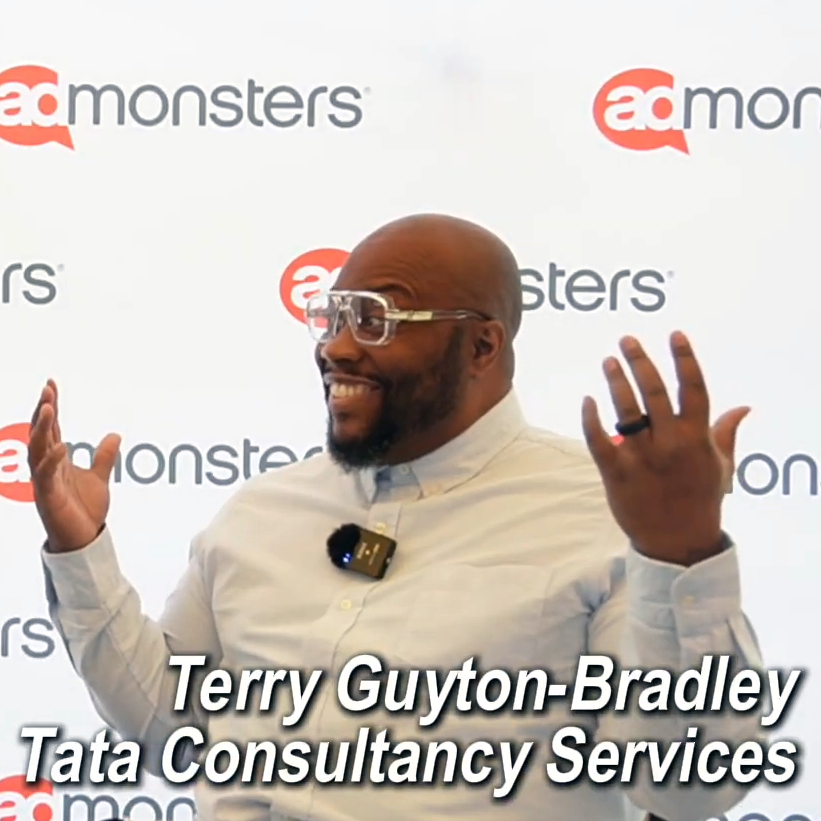“The customer experience is continually moving,” noted Mike Fasula, the chief marketing officer for Sony Electronics, during a session at eTail 2005 in Philadelphia earlier this month. For Sony, ensuring that the company keeps pace with the continual movement is a six-step process.
Step one is knowing the company’s value proposition. Sony’s research showed that its customers and prospects consider the brand one of quality—and just as important, quality that they are willing to pay a premium for.
Closely tied to knowing the value proposition is step two, “not only knowing our customers but knowing them intimately,” Fasulo said. That entails knowing what they buy, what interests them, how they view themselves, and what makes them excited.
Research, again, enabled Sony to create a profile of its core customer: affluent, in his or her (contrary to what you might expect, Sony Electronics customers are evenly split in terms of gender) early 40s. “Technology is a critical part of their life,” Fasulo said, and these consumers buy high-priced products for quality and for status. Such customers and “most valued prospects,” he added, account for 28% of the U.S. adult population—not a shabby universe in which to work.
By knowing its customers and prospects so well, Sony can move to step three: anticipating their needs. Fasulo cited this past spring’s marketing campaign for Sony’s DVD Handycam camcorder as a case in point. A significant portion of its core customers are time-pressed women for whom maintaining long-distance relationships is a challenge—making them, in Sony’s view, prime candidates for a camcorder that allows them to send DVDs in lieu of letters and photos.
On to step four: aligning the marketing effort. First, the company created interest in the product with its “Sisters” commercial. The spot showed two sisters enjoying time together—and recording their time—on a beach; they then sent the DVD of their holiday, complete with a message of love written in the sane—to a third sister, who was hard at work in a hospital and unable to join them.
The commercial featured the URL of a Website created to complement the spot. The site included detailed product information, a dealer locator, and the ability to buy the product direct. To transform interest into demand, Sony reinforced the commercial and the Website with freestanding inserts placed in newspapers shortly after the spots aired. And to motivate purchase, it provided an incentive to buy via a bundled offer.
The campaign, Fasulo said, was a success. Quantifying the results is step five, measuring everything possible. “Ninety percent [of vewers] got that the ad was about capturing moments—that’s phenomenal,” he said. What’s more, 77% enjoyed the commercial, compared with an industry average for commercial enjoyment of 44%.
The final step in crafting the optimal customer experience, Fasulo said, is “learn, learn, learn.” To that end, this fall Sony is testing running FSIs parallel with, not after, the airing of TV commercials.
 Network
Network

